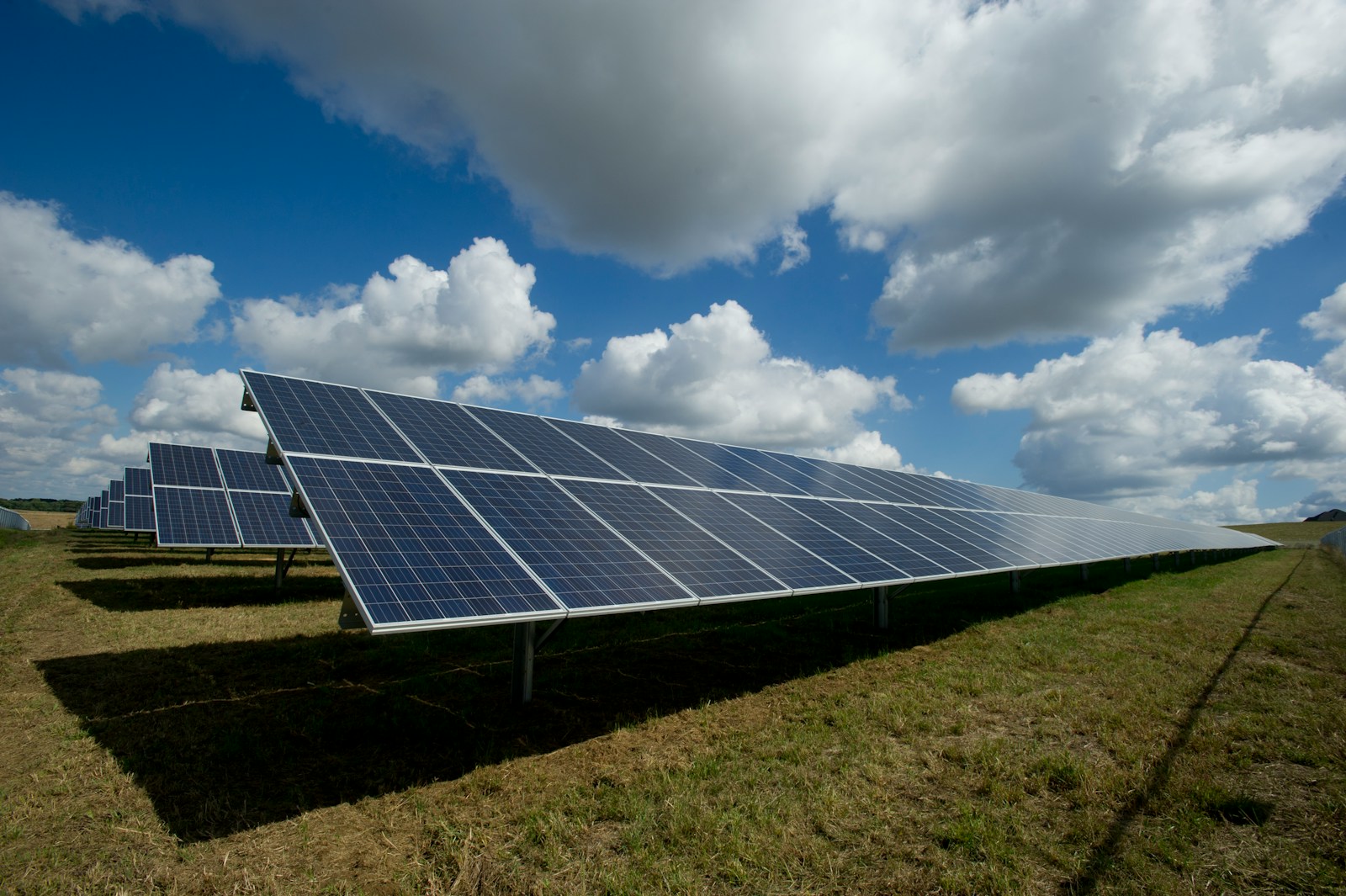Key Takeaways:
– Several US states are rolling out home energy rebate programs to promote energy efficiency.
– The funding is tied to two new programs created by the recently enacted Inflation Reduction Act.
– Consumers can access up to $14,000 in Home Electrification and Appliance Rebates.
– Only South Dakota has declined to participate in the program, citing disagreements with the policy.
– The rebate programs aim to reduce utility bills and carbon emissions.
The Home Energy Rebates Program
In a bid to combat climate change and promote energy efficiency, a number of US states are introducing home energy rebate programs. These rebate programs, commenced first by New York in May, were initiated in response to two new federal programs stemming from the 2022 Inflation Reduction Act (IRA).
The IRA has marked $8.8 billion for distribution to consumers via two primary rebate programs. The suitably named Home Efficiency Rebates and Home Electrification and Appliance Rebates offer consumers up to $8,000 and $14,000 respectively. The twin programs aim to lighten the financial burden associated with retrofitting homes and upgrading appliances to be more energy-efficient. The hope is that as more homes become energy-efficient, households will see a reduction in utility bills and the nation will witness a decrease in carbon emissions.
Eligibility and Rebate Distribution
The eligibility criteria and rebate amounts are not uniform across the board but vary depending on certain factors. In some instances, eligibility and the money available for rebates will depend on household income and the overall energy reduction accomplished in a home.
Most states have expressed interest in launching a rebate program for their residents. The states administering the federal funds have until Jan. 31, 2025, to submit a program application for approval to the U.S. Department of Energy (DOE). Since the execution of the first phase of rebates by New York, Arizona, Maine, New Mexico, Rhode Island, and Wisconsin have rolled out their own rebate programs.
South Dakota’s Stand on the Rebates
Bucking the trend, South Dakota declined to participate, stating their disbelief in its relevance to the state. According to an announcement by South Dakota officials in August, the state will not be administering the rebates. South Dakota has officially declined the federal funds ahead of the deadline set by the DOE. They have hence made it clear that they will be starving the Green New Deal, which they believe is unnecessary.
Federal Funding Applications
So far, 26 states, along with Washington, D.C., have applied for the federal funds totaling $4 billion. DOE data confirms that states applying for funds so far include California, Colorado, Connecticut, Delaware, Florida, Georgia, Hawaii, Illinois, Indiana, Michigan, Minnesota, New Jersey, New Hampshire, North Carolina, Oregon, Tennessee, Vermont, Washington, and West Virginia, in addition to others.
It’s notable that Florida, having initially rejected the idea of applying for the rebates, has revised its stance. A recent update on the state website indicates a soft launch of the rebate program in late 2024 and a full launch scheduled for early 2025.
Implementing Home Energy Rebates
While states are at liberty to design their own rebate programs to meet local needs, a common theme among all programs is the approach toward rebate distribution. Most will provide rebates at the point of the sale, either from a retailer or qualified contractor. In many states, programs will be rolled out in phases and will specifically target the upgrade and installation of energy-efficient appliances.
In conclusion, the drive toward a more energy-efficient nation continues to gain traction with state-led initiatives solidly backed by the federal government’s financial commitment. The question remains whether the remaining states will follow suit and if South Dakota will stand its ground in opting out. To benefit from these programs, the U.S Energy Department urges households to consult their state energy department website for specific program details and eligibility criteria.
